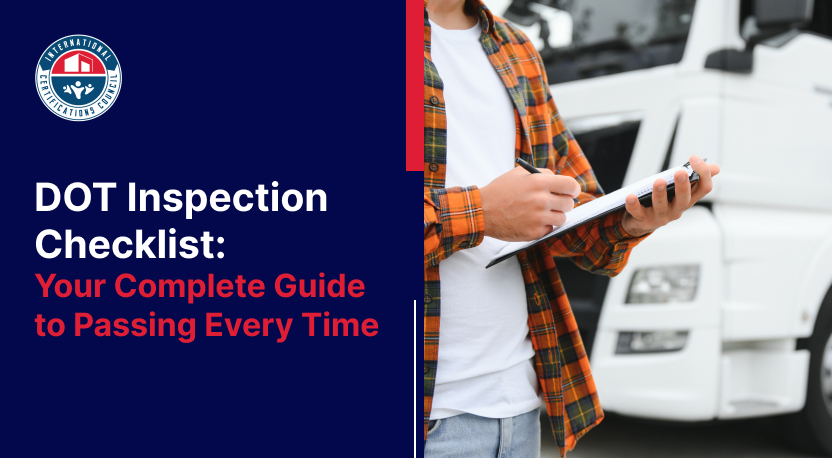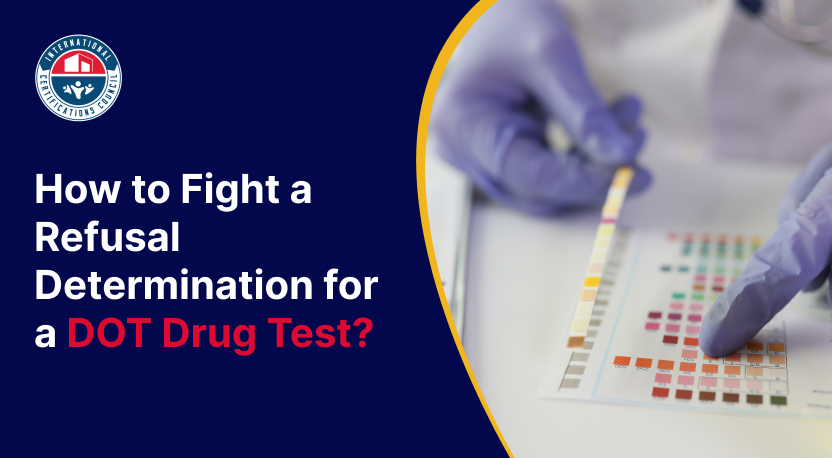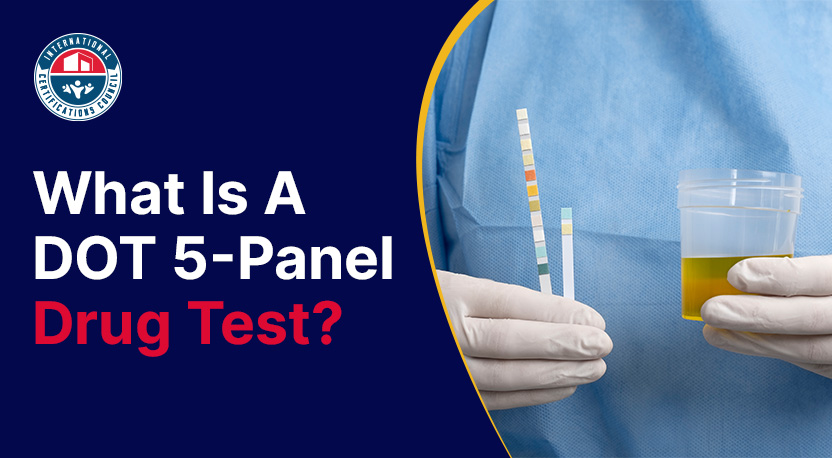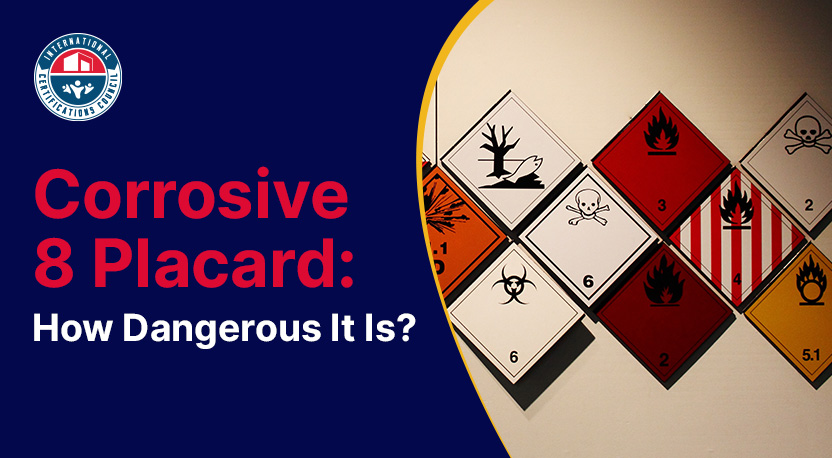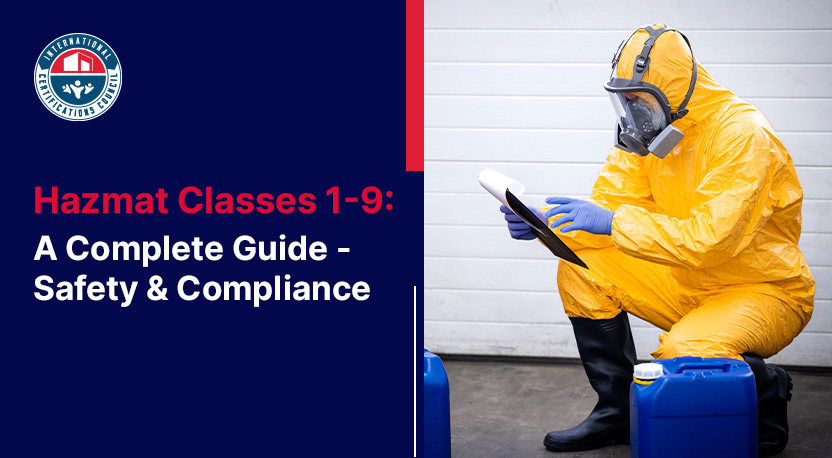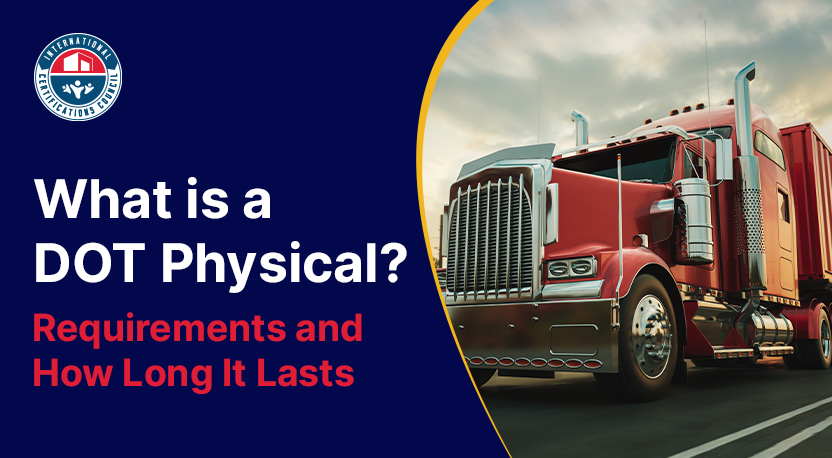In logistics and transportation, understanding hazmat labels is crucial for safety and legal compliance.
The US Department of Transportation (DOT) regulates how hazardous materials must be labeled during shipping.
In fact, hazardous materials make up about 12% of all U.S. freight tonnage – roughly 3.3 billion tons shipped every year.
With such volume, proper labeling of dangerous goods is critical to prevent accidents and ensure handlers and emergency responders know what they're dealing with.
This full guide provides an overview of DOT hazmat label regulations (49 CFR), the purpose of hazardous materials warning labels and shipping labels, the types of labels, and how to read and apply them correctly.
Overview of DOT Hazardous Materials Labeling Regulations (49 CFR)
The US DOT imposes strict regulations on labeling hazardous materials in transportation.
49 CFR Part 172, Subpart E specifies that any package containing a hazardous material must display the appropriate hazard class label before transport.
In essence, “each person who offers a hazardous material for transportation must label the package or containment device”. This ensures that the nature of the hazard is communicated at a glance.
Key points from the regulations include:
- Labeling Required: Every non-bulk hazardous-materials package (except limited-quantity exemptions) must display the correct hazard label. The proper label is determined by the entry’s listing in the 49 CFR §172.101 Hazardous Materials Table.
- Design Specifications: DOT labels are 4-inch (100 mm) diamond-shaped “square-on-point” markings. Each bears a solid inner border with standardized colors and symbols for instant recognition.
- Regulatory References: General duties sit in 49 CFR §172.400, with §§172.411–172.448 detailing every hazard-class design. Section 172.407 sets size/color/durability specs, while §172.406 requires placement on a clearly visible side.
Purpose and Importance of Hazmat Labels in Transport and Handling
Hazardous materials warning labels and hazardous shipping labels serve a vital purpose: they are the first line of warning for anyone coming into contact with dangerous goods.
Here are the key reasons why hazmat labels are so important:
Safety Communication
Color-coded pictograms on hazmat labels give first responders and workers instant, language-independent clues about the danger (flame = flammable, skull = toxic). OSHA’s Hazard Communication Standard calls them “quick visual notations” that deliver immediate hazard recognition and guide protective actions.
Legal Compliance & Liability:
DOT labeling is compulsory; errors can stall a shipment and invite hefty civil penalties. For 2025, PHMSA-adjusted fines reach $102,348 per day—or $238,809 when injury or damage occurs—making mislabeling an expensive risk no shipper wants.
Preventing Accidents & Improper Handling
Correct labels tell warehouse crews how to segregate, store, or keep packages upright, reducing leaks, fires, and incompatible loads. PHMSA estimates ≈1,500 incidents each year arise from undeclared (unlabeled) hazmat, highlighting how proper labels avert many emergencies.
Also, read “Why Is Hazmat Marking and Labeling Important?“.
Types of DOT Hazmat Labels and Classification System
The DOT categorizes hazardous materials into nine hazard classes, each with a corresponding label:
| Hazard Class | Description | Label Characteristics |
| Class 1: Explosives | Materials that can explode or detonate (e.g., dynamite, fireworks). | Orange with explosion symbol, divisions 1.1–1.6. |
| Class 2: Gases | Flammable, non-flammable, or toxic gases (e.g., propane, helium, chlorine). | Red (2.1), green (2.2), or white with skull (2.3). |
| Class 3: Flammable Liquids | Liquids with a low flash point (e.g., gasoline, ethanol). | Red with flame symbol, number 3. |
| Class 4: Flammable Solids | Solids that ignite spontaneously or through friction (e.g., magnesium, sulfur). | Red/white stripes (4.1), red (4.2), blue (4.3). |
| Class 5: Oxidizers and Organic Peroxides | Materials that cause or enhance combustion (e.g., hydrogen peroxide). | Yellow with flame over circle (5.1, 5.2). |
| Class 6: Toxic and Infectious Substances | Poisonous or disease-causing materials (e.g., cyanide, anthrax). | White with skull (6.1) or biohazard symbol (6.2). |
| Class 7: Radioactive Materials | Materials emitting ionizing radiation (e.g., uranium). | Yellow/white with trefoil symbol. |
| Class 8: Corrosives | Materials that damage tissue or materials (e.g., sulfuric acid). | White/black with a corrosive symbol. |
| Class 9: Miscellaneous Dangerous Goods | Hazards not covered by other classes (e.g., lithium batteries, asbestos). | White with black vertical stripes. |
Each label features a specific color, symbol, and number to identify the hazard class, ensuring immediate recognition. For instance, the Class 3 label for flammable liquids is red with a flame symbol and the number “3” in the bottom corner, while the Class 8 corrosive label shows a test tube pouring liquid onto a hand and metal bar.
Requirements for Using DOT Hazmat Labels
The use of DOT Hazmat Labels is governed by 49 CFR Part 172 Subpart E, which outlines when and how labels must be applied. Key requirements include:
- Applicability: Labels are required for non-bulk packages (e.g., boxes, drums) containing hazardous materials and certain bulk packages with a capacity of less than 18 cubic meters (640 cubic feet), unless placards are used instead.
- Size and Design: Labels must be at least 3.9 inches (100 mm) on each side, with a solid inner border 0.2 to 0.25 inches from the edge. The hazard class number must be in a font size of at least 0.25 inches, and text identifying the hazard (e.g., “Flammable Liquid”) must be at least 0.3 inches tall.
- Placement: For non-bulk packages, labels must be affixed to two opposite sides. For smaller packages, they may be placed on the top and one side. Labels must be clearly visible and not obscured by other markings.
- Durability: Labels must be weather-resistant, adhere securely, and remain intact throughout transportation. They are typically made of materials like vinyl or coated paper to withstand scratches and environmental conditions.
- Exceptions: Certain materials, such as those in limited quantities or excepted quantities, may have modified labeling requirements. For example, regulated medical waste may use OSHA biohazard markings instead of infectious substance labels under specific conditions.
For bulk shipments, placards—larger versions of labels measuring at least 9.84 inches per side—are required when the quantity exceeds thresholds like 454 kg (1,001 lbs.) for most classes or any quantity for high-risk materials like poison gases.
Also, read “5 Common Mistakes in Hazmat Marking and Labeling to Avoid“.
How to Read Hazmat Labels Properly?
- Hazard Class Number: Check the digit at the diamond’s bottom (1–9); it instantly tells you the overall hazard family—e.g., “2” = gas, “8” = corrosive.
- Symbol/Pictogram: Note the central icon (flame, skull, bomb, trefoil, etc.); it graphically flags the primary danger even if text is missing.
- Color Background: Background colors (red = flammable, yellow = oxidizer, white = toxic, etc.) give rapid, distance-readable hazard recognition.
- Text (Hazard Name): Words like “FLAMMABLE LIQUID” reinforce the class and clarify divisions where colors alone could overlap.
Subsidiary Risk Labels: Look for additional diamonds; extra labels mean secondary hazards (e.g., Class 3 + Class 6 signals flammable and toxic).
How to Apply Hazard Labels Correctly?
- Visibility: Affix labels on a readily visible side next to the shipping name—never on the bottom or tucked away.
- Orientation: Rotate square-on-point so the diamond “points” are vertical; any text should read horizontally.
- Multiple Labels: Place primary and subsidiary diamonds side-by-side, fully exposed and not overlapping.
- Durability & Adhesion: Use weather-proof, 49 CFR-compliant stock that won’t peel, fade, or smear in transit.
- Size & Design Compliance: Keep the full 4 × 4-inch diamond with exact colors/symbols—no shrinking, trimming, or stylistic tweaks.
- Exceptions & Special Cases: Limited-quantity or very small packages may use alternate marks or hang-tags—verify 49 CFR §172.400a before omitting a label.
Conclusion
DOT Hazmat Labels are a cornerstone of safe hazardous materials transportation, providing a clear and standardized method to communicate risks.
By adhering to the regulations outlined in 49 CFR, shippers and carriers can protect workers, responders, and the public while ensuring compliance and efficiency.
This guide offers a basic introduction to the types, requirements, and importance of these labels, supported by statistics that highlight the scale and risks of hazmat transportation. For complete knowledge and compliance, consult the official regulations in 49 CFR or enroll in a specialized course from organizations like the International Certifications Council.

